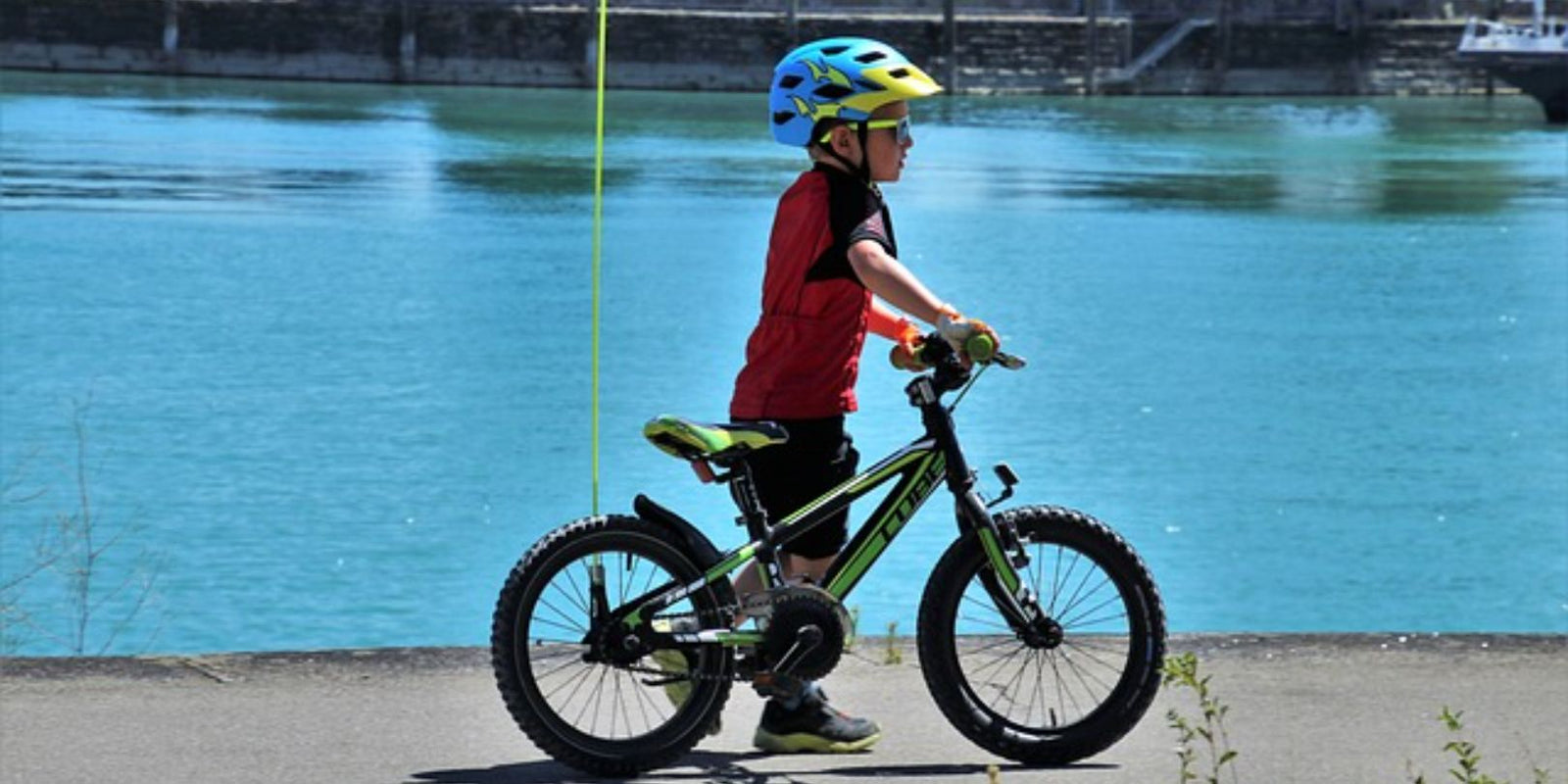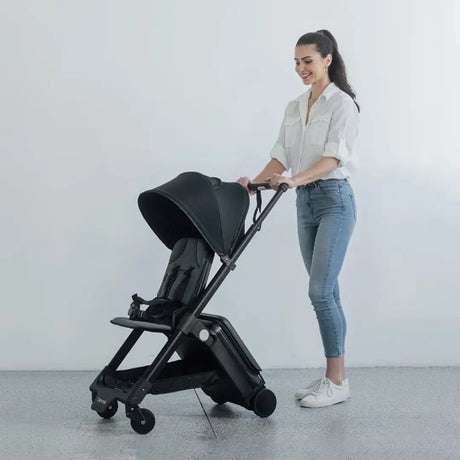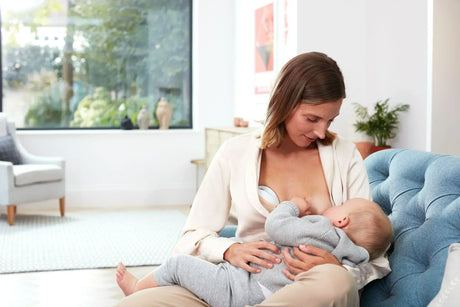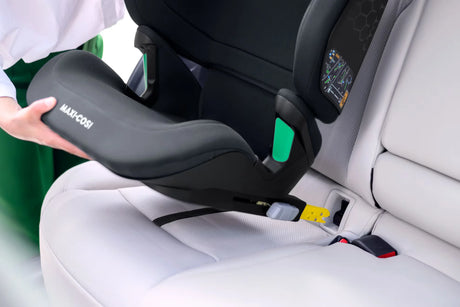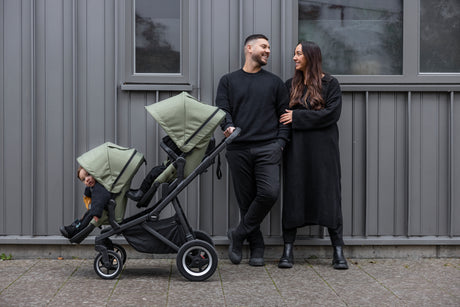Teaching a child to ride a bike is a milestone that is both exciting and nerve-wracking. However, even the most well-intentioned parents can make common mistakes that can hamper a child's progress and enthusiasm. Some common mistakes include skipping the basic step of using a balance bike, which emphasizes the important skill of balancing over pedaling, and choosing the wrong bike size. This blog post will cover seven typical mistakes parents make when teaching their kids to ride a bike. We will offer tips on how to avoid some of the typical mistakes, ensuring a fun, safe and encouraging learning experience for your child.
1. Skipping the Balance Cycle
Skipping the use of a balance bike and starting straight on a pedal bike with support wheels can be overwhelming for many children. Balance bikes focus on developing the crucial skill of balance by allowing children to concentrate on managing their posture without the complexities of pedaling, steering and braking. This one-sided focus on balance helps build confidence and facilitates a smoother transition to pedal bikes, as kids only need to learn to pedal when they're comfortable with balancing.
2. Starting Too Early and Stressing the Process
Introducing a child to cycling should not be a race against time or a comparison with other children. While some children can pedal safely as early as age three, many typically develop the necessary skills between the ages of four and six, and some even later. Every child grows and matures at their own pace, and what works for one child may not suit another.
Likewise, learning to ride a bike, like mastering any new skill such as reading, writing or playing an instrument, cannot be stressed. Giving your child the space to learn at their own pace, without pressure, will help them develop not only cycling skills but also a lasting love for the activity. Encouragement and patience are essential as they navigate the challenges of learning to balance, pedal and steer independently.
3. Keeping the Steering Wheel Instead of the Child

When teaching a child to ride a bicycle, holding the handlebars or the back of the seat can interfere with the child's ability to learn natural balance. This well-intentioned support can prevent the bike from leaning a little, which is necessary for the child to develop a sense of balance on two wheels.
Instead, supporting the child's body directly allows them to control the bike's movements and learn to correct their balance intuitively. This method helps to promote independence as the child feels the real movements of cycling and gains confidence in his ability to handle the bike on his own.
A useful technique for parents is the "towel trick", where a small towel is placed around the child's chest or under their arms. By holding the ends of the towel, parents can provide stability and support without taking control from the child. This method not only makes it easier for children to balance naturally, but also allows for quick, safe intervention if they start to fall. Using a towel in this way minimizes interference with the bike's handling, helping the child learn quickly and with more confidence.
4. Overlooking the Importance of an Appropriate Environment

Choosing the right environment is crucial when teaching a child to ride a bike, as starting in an inappropriate place can significantly hinder their learning process and affect their confidence. An environment that is too challenging, such as a hilly area, a busy road, or a busy park full of distractions, can be overwhelming and off-putting to a beginner.
It is most beneficial to start on a flat, open area where the child can ride without the added difficulty of navigating hills or avoiding obstacles. As the child's abilities grow, parents can slowly introduce new environments, each with their own challenges, to further develop their skills and keep the learning experience interesting and dynamic.
5. Neglecting Safety Equipment

Neglecting to use appropriate safety equipment when teaching children to ride a bicycle can have serious consequences. Although helmets are the most important piece of safety equipment, it is important not to overlook other protective equipment such as knee and elbow pads, which can provide additional protection in the event of a fall. Making sure your child wears all recommended safety gear every time they ride not only protects them from injury, but also instills a lifelong habit of prioritizing safety.
6. Choosing the Wrong Bike Size
- Too Big: If a child struggles to touch the ground with their toes when sitting on the saddle in its lowest position, the bike is too big. Riding a bike that is too big can be unsafe, as the child may have difficulty reaching the handlebars and controlling the bike.
- Too Small: A bike that is too small will show signs such as the child's knees being too high under the pedals or hitting the handlebars. This not only makes riding uncomfortable but also inefficient.

Many parents, motivated by cost savings, buy bikes that are too big in the belief that their children will grow into them. This practice is risky, as it can seriously compromise safety and comfort, making the learning process challenging and unpleasant. Alternatively, some parents avoid buying a new bike when the child has outgrown the old one, in the mistaken belief that it may not be worth the investment if the child has not yet mastered cycling. This can affect the child's ability to learn and enjoy cycling.
This is where bike rental comes in handy.
Renting a bike ensures that children always have access to a bike that fits them perfectly. As children grow, the size of bike they need changes. Parently makes it easy to change to an appropriately sized bike, which is essential for safety and comfort.
Explore our bike rental options here.
7. Forgetting To Make It Fun

Learning to ride a bike should be an enjoyable experience. Keeping the atmosphere light and fun can encourage the child to love cycling, rather than seeing it as a stressful task. By making the learning process enjoyable and stress-free, children are more likely to develop a positive attitude towards cycling. This not only helps them learn better, but also builds a foundation of fond memories associated with cycling, which can encourage them to stay active and enjoy cycling throughout their lives.
Final thoughts
As parents guide their children through the exciting journey of learning to ride a bike, being aware of common mistakes can make all the difference. From ensuring the use of a balance bike to promote basic balance skills, to choosing an appropriate and safe environment for practice, every decision affects the child's experience. Remembering not to stress the process, fitting the bike properly and prioritizing safety with the right equipment are crucial steps towards a positive cycling experience. Above all, keeping the experience fun and pressure-free can turn a simple lesson into happy, lifelong memories on two wheels.
By being aware of these common mistakes and how to avoid them, parents can help their children not only learn to ride a bike, but also to love riding. We'd love to hear from you too!
Share your stories in the comments below: What challenges did you face while teaching your child to ride a bike? Do you have any tips or memorable moments from your experiences? Your insights can provide great encouragement and help to other parents navigating the same journey.

